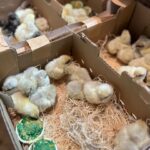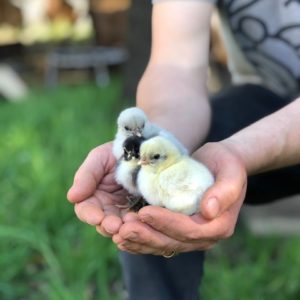Feathered Friends: Choosing the Friendliest Chicken Breeds for Your Flock
Are you considering adding chickens to your backyard but want to ensure they’ll be friendly and sociable companions? Choosing the right breed can make all the difference when it comes to raising chickens that are not only productive but also enjoyable to interact with. In this guide, we’ll explore some of the friendliest chicken breeds that are known for their gentle dispositions and affectionate nature.
1. What is the friendliest breed of chicken?
When it comes to friendly chicken breeds, the Moss Egger stands out as one of the top choices. These delightful chickens are known for their outgoing personalities and love to interact with their human caretakers. Whether you’re feeding them treats from your hand or simply spending time in the backyard, Moss Eggers are sure to brighten your day with their cheerful demeanor.
2. What kind of chickens like to be held?
If you’re looking for chickens that enjoy being held and cuddled, Bantam Cochins are an excellent option. These fluffy little birds are often referred to as “lap chickens” due to their love of human attention. Whether you’re sitting on the porch or relaxing in the backyard, Bantam Cochins are always eager to hop into your lap for some quality bonding time.
3. What is the best chicken to keep as a pet?
For those seeking a chicken that doubles as a beloved pet, the German Bielefelder fits the bill perfectly. These gentle giants are known for their docile nature and affectionate demeanor, making them ideal companions for families with children or anyone looking for a feathered friend to share their space with.
4. What is the most family-friendly chicken?
When it comes to family-friendly chickens, the Moss Egger once again takes the spotlight. These sociable birds are great with children and enjoy being part of family activities. Whether it’s helping with gardening chores or participating in backyard picnics, Moss Eggers are always eager to be involved and make wonderful additions to any family flock.
Choosing Your Feathered Friends
When selecting chicken breeds for your flock, it’s essential to consider not only their egg-laying abilities but also their temperament and personality. By choosing breeds known for their friendliness and sociability, you can ensure that your backyard chickens will not only provide you with fresh eggs but also with endless joy and companionship.


















